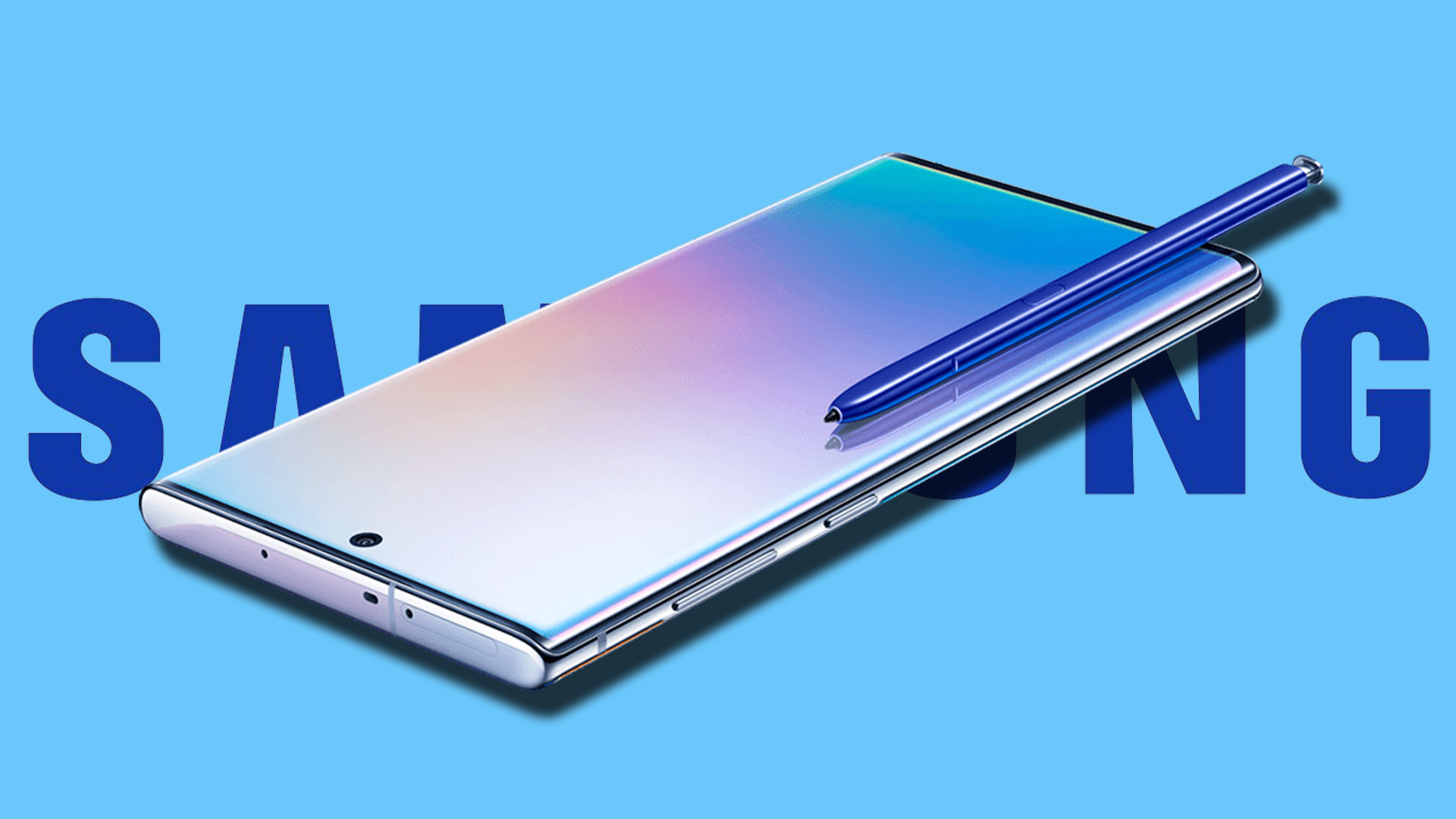You can follow these steps to transfer backups of game and applications made with Titanium Backup to a completely different device.
So this week I’ve been showing you a popular application and game backup app called Titanium Backup. The first guide walked you through the process of installing the application and creating your first backup. Then yesterday I showed you how to use the application to restore from your previously created backup.
Now I’m taking this series a step further and am showing you how to how to transfer these application or game backups to a completely different device.
There are a number of use cases for this process. WhatsApp requires that you confirm you’re using the phone number tied to your account when you do a fresh install. But if you no longer have that phone number then you’re stuck. However, using this process will let you transfer your account over without having to verify your number again. The same can be said with certain mobile games where they don’t let you transfer your progress from one device to the next.
So not only are we transferring the application or game itself to a new device (or even the same device that has been completely wiped), but it also transfers all of the application and game data along with it. This is what makes Titanium Backup such an amazing tool. You’ll need to have root access to both devices and you should go ahead and open up the app on the second device as well.
Note – Sometimes the TitaniumBackup folder doesn’t show up in Windows file explorer, so you may have to copy it to the Downloads folder first, then use a file explorer app on the device to copy it to the proper TitaniumBackup folder.
Titanium Backup Transfer
- Follow this guide to create a backup of your app(s)
- Connect to device to the PC
- Launch a Windows file explorer
- Browse to the internal storage of your device
- Go into the TitaniumBackup folder
- Copy/move those files to the PC
- Connect the second device to the PC
- Launch a Windows file explorer
- Browse to the internal storage of your device
- Copy/move the backed up files to the internal storage of the second device(needs to be in the TitaniumBackup folder)
- Launch Titanium Backup on the second device
- Follow this guide to restore the backup to the second device
- Then open the App Drawer to see if the app is installed.
Explanation
As you can see from step 1 and step 12 in the guide above, most of this has already been covered in previous guides. The backup process and the restore process is the same with this method as it always is. The new information here is that you have the ability to access these backups, and therefore can transfer them to other devices if you’d like. This can be great for those who want to keep a secondary copy of their application and game backups on their PC, cloud storage service, etc.
I just really like the ability to transfer a complete copy of an application from one device to the next. Just like I talked about with WhatsApp and some mobile games, there are times in which transferring accounts and progress to another device isn’t allowed or is restricted. So once you have your backups created on one device, you can open a file manager application and see the backed up files sitting in the TitaniumBackup folder.

There will be three individual files for each application or game that you backup. I haven’t done tests to see if all three files are required in order to do a restore, but I just get in the habit of transferring all three files at once since that is how the application creates them. I demonstrate this with one application, Ally Bank, so it’s easy to see how it’s backed up and easy to follow. Having a folder full of 100+ files can be confusing when you’re just learning how this feature works.
So once you have the files transferred to your PC, you can then connect your second device to the PC with a USB cable. I’m not sure why I couldn’t see the TitaniumBackup folder in the Windows folder on the second device, but it could be because I was doing this with an old Nexus 5. Either way, as shown in the embedded video above, you can simply copy these backup files to the Downloads folder if you don’t see the TitaniumBackup one.

Then, you can use a file explorer application on the second device, just like I show in the video, to move those backup files from the Downloads folder and to the TitaniumBackup folder. Once you have the required backup files in the TitaniumBackup folder, you can then open the Titanium Backup application on the second device. If it’s still sitting in memory, you may need to clear it out first so that it refreshes and checks for the folder that contains the backup files (again, all shown in the video above).
You should see it in there and then follow the guide on restoring an application backup just like I showed you earlier this week.




